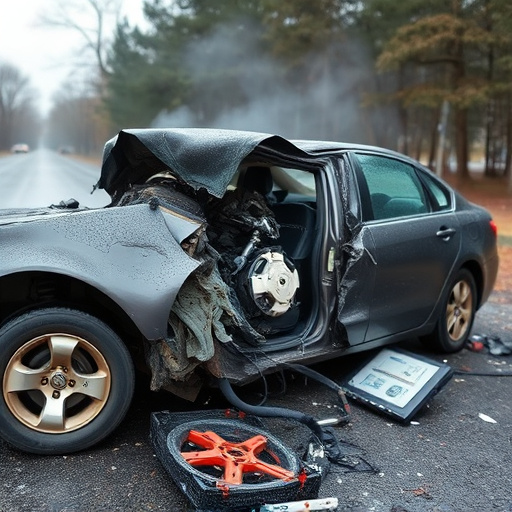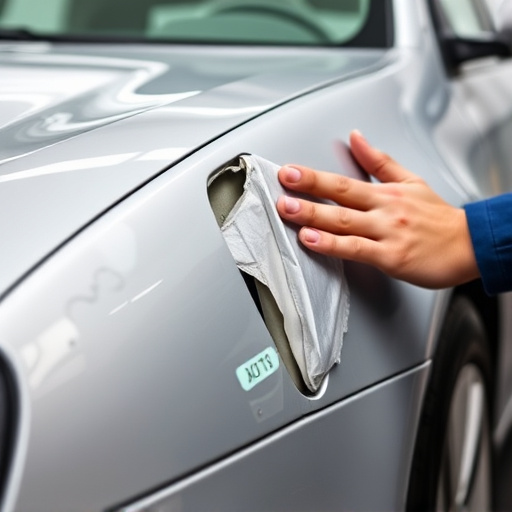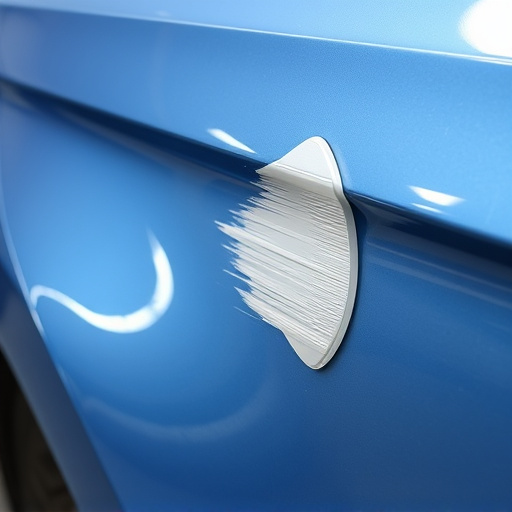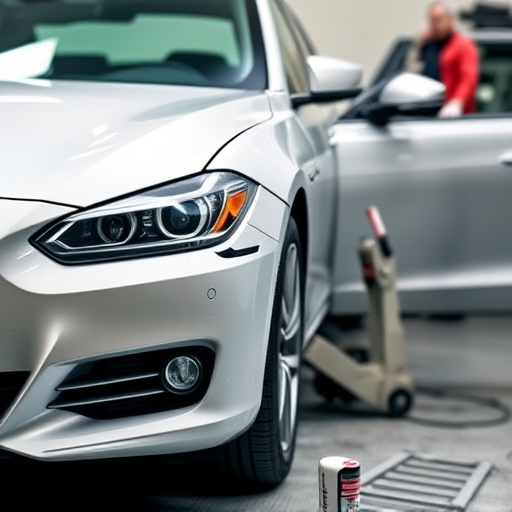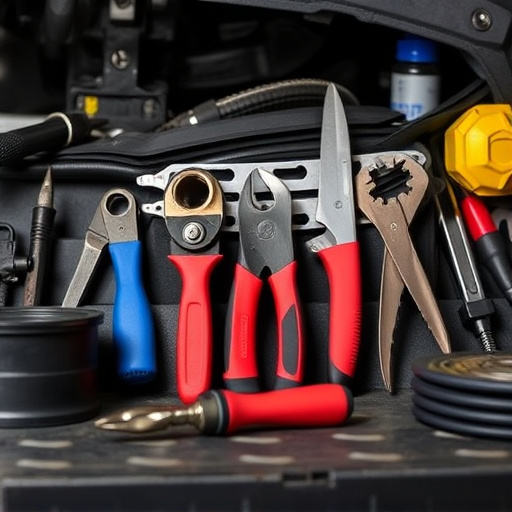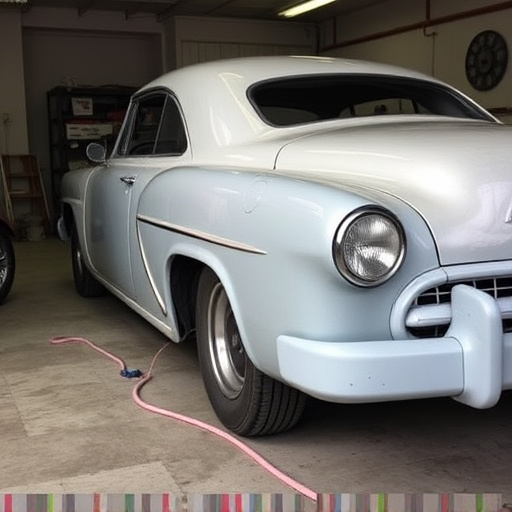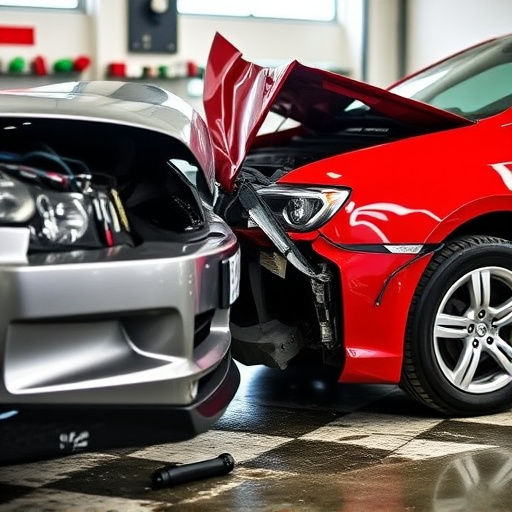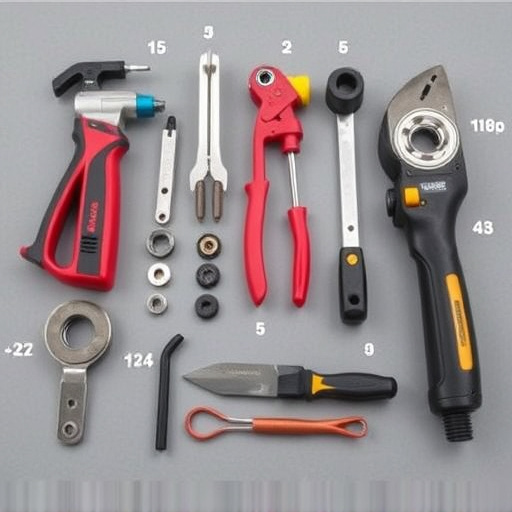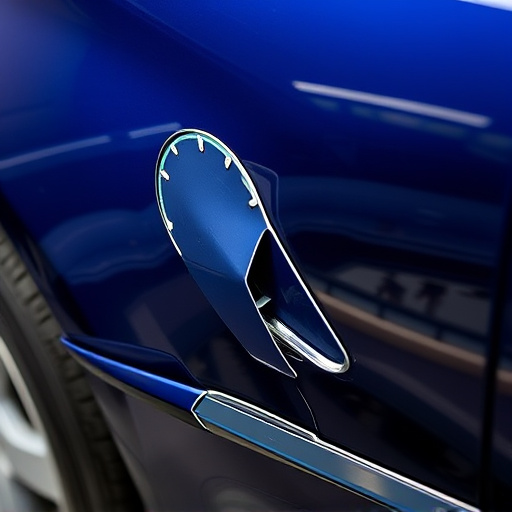Tesla vehicles require regular maintenance and genuine Tesla OEM parts for optimal performance and preservation of their advanced features. When damage necessitates collision repair or frame straightening, using Tesla OEM replacements ensures vehicle integrity, efficient operation, and seamless software-hardware integration. Replacing these parts requires a methodical approach, including identifying needs, gathering tools, disassembling, repairing (e.g., paintless dent removal), cleaning, installing new parts, realigning, testing systems, and periodic software reinitialization to prevent glitches and maintain peak efficiency. Trust specialized body shops with tech-savvy professionals for this critical step.
Tesla vehicles are renowned for their cutting-edge technology and innovative design, but maintaining optimal performance requires proper handling of Tesla OEM (Original Equipment Manufacturer) parts replacement and software reinitialization. Understanding these processes is crucial for owners aiming to keep their Teslas running smoothly. This article guides you through the essential steps involved in replacing Tesla OEM parts and reinitializing software, ensuring your vehicle’s peak functionality and performance.
- Understanding Tesla OEM Parts and Their Role in Vehicle Performance
- Step-by-Step Guide to Replacing Tesla OEM Parts
- Software Reinitialization Process for Optimal Tesla Functionality
Understanding Tesla OEM Parts and Their Role in Vehicle Performance

Tesla vehicles are renowned for their cutting-edge technology and innovative design, but like any car, they require regular maintenance and sometimes repairs. Tesla OEM (Original Equipment Manufacturer) parts play a pivotal role in ensuring optimal vehicle performance and longevity. These replacement parts are specifically designed to fit your Tesla model perfectly, maintaining the car’s advanced capabilities and smart features.
When a car collision repair or frame straightening becomes necessary, using genuine Tesla OEM parts is essential. Such services not only restore physical damage but also preserve the vehicle’s overall integrity. By opting for Tesla OEM replacements, owners can guarantee that their cars continue to operate efficiently, offering the same seamless integration of software and hardware that Tesla is known for, even after undergoing collision repair services or other necessary maintenance procedures.
Step-by-Step Guide to Replacing Tesla OEM Parts
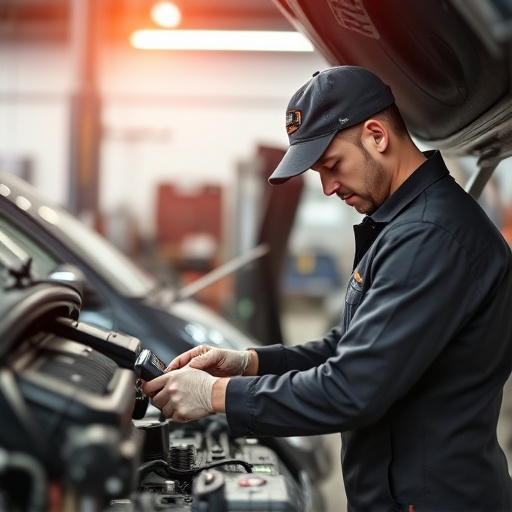
Replacing Tesla OEM parts involves a systematic approach to ensure your vehicle maintains its performance and aesthetics. Start by identifying the specific part(s) that need replacement. This could range from components like headlights, brake pads, or even larger items such as fenders or bodies. Once you’ve determined the required parts, gather the necessary tools tailored for Tesla models—a crucial step in the process.
The next phase is safe removal of the old part(s). For instance, removing a damaged headlight involves careful disassembly, often requiring specialized knowledge and techniques like paintless dent repair for auto body work. After safely extracting the old part, clean the area thoroughly to prepare for installation of the new OEM component. Ensure proper alignment and fit before securing the new part with required hardware. Finally, test all systems related to the replaced part—lighting, sensors, and functionality—to guarantee optimal vehicle performance and safety.
Software Reinitialization Process for Optimal Tesla Functionality

For optimal Tesla functionality, periodic software reinitialization is essential after any significant changes or repairs involving Tesla OEM parts replacement. This process ensures that your vehicle’s computer system is updated with the latest firmware, improving overall performance and reliability. During software reinitialization, various components of the car’s electronic control units (ECUs) are reset to their original factory settings, allowing for a clean slate and seamless communication between systems.
After a Tesla OEM parts replacement or any automotive collision repair, it’s crucial to have your vehicle taken to a specialized vehicle body shop where tech-savvy professionals can expertly handle the software reinitialization process. This step is often overlooked but significantly impacts the long-term performance of your electric vehicle. A skilled mechanic will utilize specialized tools and software to perform this task, ensuring that your Tesla continues to operate at peak efficiency without any glitches or unexpected behaviors commonly associated with car body repair.
When it comes to maintaining your Tesla, understanding and replacing Tesla OEM parts is crucial for optimal vehicle performance. By following a meticulous step-by-step guide, you can efficiently replace these original equipment parts while also reinitializing the software for seamless functionality. These processes ensure that your Tesla continues to operate at its best, delivering a superior driving experience. For any troubleshooting or maintenance needs, having a comprehensive understanding of Tesla OEM parts replacement and software reinitialization is an invaluable asset for every owner.



